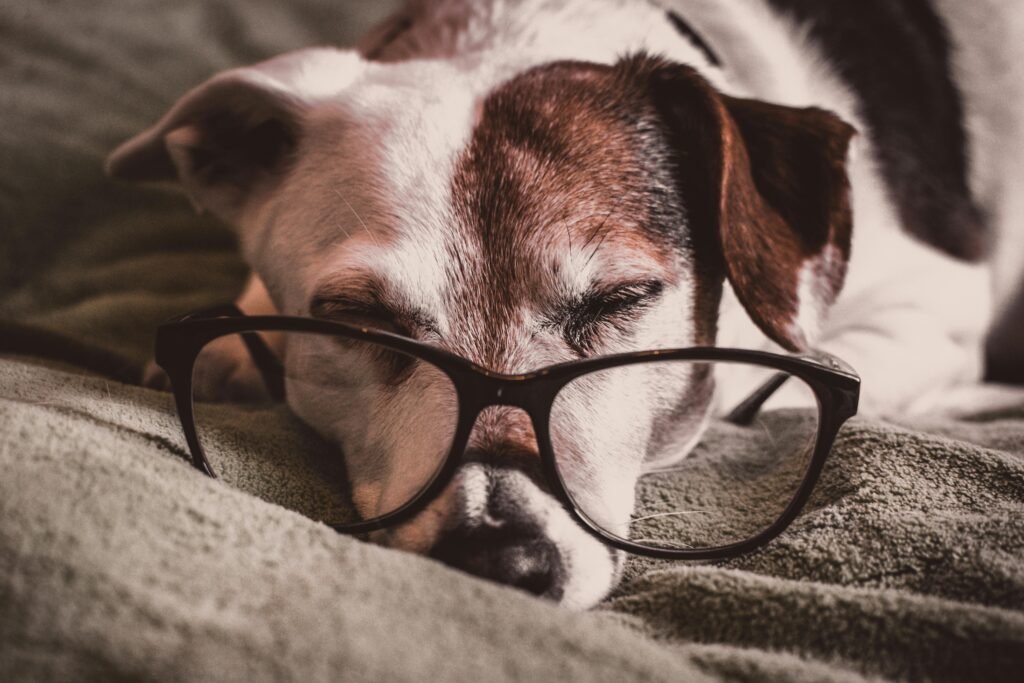Dealing with a dog that displays aggressive behavior can be a challenging and sometimes frightening experience for any owner. If you are looking for information on aggressive dog training, know that you are not alone and, more importantly, there are effective and humane ways to help your four-legged companion find balance and tranquility. This article was carefully prepared for the American public, offering an in-depth and practical perspective, written in Portuguese for validation before translation, on how to understand, address and modify canine aggression, always focusing on the well-being of the animal and the safety of all.

Understanding the Roots of Canine Aggression: Why Does My Dog Behave This Way?
Before diving into aggressive dog training techniques, it’s crucial to understand that aggression in dogs rarely comes out of the blue or out of pure malice. It’s more often than not a form of communication, a symptom that something isn’t right. Several factors can contribute to aggressive behavior, and identifying them is the first step toward effective resolution. Common causes include fear, anxiety, protectiveness of territory or resources (like food and toys), physical pain or discomfort, past traumatic experiences, lack of adequate socialization during puppyhood, and even genetic factors in some breeds. A dog that growls, barks excessively at strangers or other animals, bares its teeth, or tries to bite is actually expressing discomfort or a perception of threat. Understanding your dog’s body language is key; subtle signals like ears back, stiffness, or averted gaze can precede a more intense reaction.
The Pillars of an Effective Aggressive Dog Training Program
A successful aggressive dog training program is based on patience, consistency, and above all, positive and humane methods. Physical punishment or the use of aversive techniques are not only cruel, but they often worsen fear and anxiety, which can intensify aggression or lead to other behavioral problems. The focus should be on building a relationship of trust and mutual respect.
Continuous and Controlled Socialization
Socialization doesn’t end when your dog stops being a puppy. It’s vital to gradually and in a controlled manner expose your dog to different people, environments, sounds, and other animals, always in positive and safe situations. For dogs with a history of aggression, this socialization should be done with extreme care, preferably under the guidance of a professional, to avoid overwhelming the animal or placing it in situations that reinforce unwanted behavior. The goal is to desensitize the dog to the triggers of its aggression and teach it to respond calmly.
Positive Reinforcement Based Training
Positive reinforcement is the cornerstone of modern aggressive dog training. This means rewarding desired behaviors (calmness, attention to the owner, appropriate responses to commands) with something the dog values, such as treats, enthusiastic praise, or toys. Ignoring or redirecting unwanted behaviors, rather than punishing them, teaches the dog what to do rather than just what not to do. Techniques such as counterconditioning (changing the dog’s emotional association with a trigger from negative to positive) and systematic desensitization (gradual exposure to the trigger at low intensity) are powerful.

The Importance of Management and Prevention in the Home
As training progresses, proper environmental management is essential to prevent incidents and ensure safety. This may include using leashes and muzzles (properly introduced in a positive way) on walks, avoiding situations that are known to be stressful for your dog, and creating a safe and comfortable space in the home where your dog can retreat when he or she feels overwhelmed. Identifying your dog’s specific triggers and actively managing them is a crucial part of the process. For example, if your dog is reactive to other dogs on the street, you may need to adjust walking times to quieter times or choose less busy routes initially.
Transform your dog’s behavior from aggression to obedience with flexible and effective online Brain Training For Dogs training. [Learn more and get started today!]
When to Seek Professional Help: The Role of the Veterinarian and the Specialized Trainer
Although many tips and techniques can be applied by owners, cases of canine aggression, especially the most severe or complex ones, require the intervention of qualified professionals. A veterinarian will be able to rule out underlying medical causes for the aggression, such as chronic pain or hormonal imbalances. A certified dog trainer or behaviorist, with experience in aggressive dog training, will be able to assess the case individually, develop a personalized behavioral modification plan, and guide the owner throughout the process. Do not hesitate to seek help; it is an act of responsibility and love for your pet.
Choosing the Right Professional for Your Dog
When looking for a professional, look for recognized certifications (such as CCPDT, IAABC), ask for references, and make sure their methods are based on science and positive reinforcement. Be wary of promises of quick results or the use of punitive techniques. A good professional will work closely with you, teaching you the skills you need to understand and help your dog.
Frequently Asked Questions (FAQ) about Aggressive Dog Training
1. Will my dog always be aggressive after aggressive dog training?
Not necessarily. With proper training and management, many dogs can significantly reduce or even eliminate aggressive behaviors by learning to better manage their triggers and respond more calmly. The prognosis varies depending on the cause, severity, and consistency of training.
2. Does aggressive dog training work for all breeds?
Yes, the principles of aggressive dog training based on positive reinforcement apply to all breeds. While some breeds may have genetic predispositions to certain behaviors, the environment and training have a huge impact. The important thing is to adapt the techniques to the individual needs of the dog.
3. How long does it take to see results with aggressive dog training?
There is no set time frame, as every dog is an individual and each case is unique. Some dogs may show improvement in a matter of weeks, while others may require months of consistent work. Patience, consistency, and realistic expectations are key. The focus should be on gradual progress and building a healthier relationship with your dog.
Conclusion: A Path of Patience and Reward
The path to aggressive dog training is a journey that requires dedication, patience, and a commitment to humane methods. By understanding the causes of aggression, applying positive reinforcement techniques, managing the environment intelligently, and seeking professional help when necessary, you will be giving your dog the best chance of overcoming his behavioral challenges. Remember that the ultimate goal is not just to have an “obedient” dog, but rather a balanced, confident, and happy companion who can enjoy a full and harmonious life by your side. Transformation is possible, and the rewards—a stronger bond and a more peaceful home—are immeasurable.


